Weight loss is tricky. You might think that you are going to burn hundreds of calories going out for a jog. Besides, everyone else in the neighborhood is lacing up their sneakers and shedding inches, so why can’t you? While jogging or running at a steady pace has been one of the most popular aerobic exercises since forever, it’s not the best way to get into shape. It turns out there’s a better way, one that will help you torch calories and lose fat faster than doing loops around the block every single day.
Move over, jogging. It’s time to sprint your way to the body of your dreams.
Jogging vs. Sprinting
If you are trying to lose weight, the good news is that jogging and sprinting can help you. Either form of movement is a beneficial exercise that helps keep you healthy in more ways than one. Jogging is always an excellent decision for beginners who want to get started on the road to better health and wellness, whereas sprinting is intense and requires coordination, power, and some finesse.
Jogging is mainly done over long periods of time at a moderate pace. In order to lose weight with jogging though, you have to run for at least 30 minutes every day (about 3 miles) to see any major changes in weight. Without discipline, you won’t get there.
However, with that said, the amount of steady state cardio that you do throughout the week for weight loss can have a negative impact on the body. Doing only aerobic cardio will eventually cut into muscle. As the body starts to breakdown muscle, you will find that it is harder to lose weight. Without muscle to burn extra calories and keep your metabolism humming post-workout, you actually start to diminish the returns.
Reasons Jogging Doesn’t Always Burn Fat
But why does this happen? Why does consistently running actually start to impede your progress?
There’s a reason for that. It’s called efficiency. The human body is built to adapt to whatever nature throws at it. That means that if you do something over and over, the easier it becomes. If you want to transform yourself into a well-oiled running machine, it will happen, but that also means that your metabolism adapts and will use less calories to do the activity. In fact, the University of Tampa did research to find that doing steady state cardio for 45 minutes on a treadmill at a consistent pace will only initially help you lose weight.
After a few weeks, the body adapted to the routine, and the weight loss stopped.
So, if you want to lose weight, by jogging alone, you might do better simply cutting 200 calories from your diet and walking more instead of just committing to 30 minutes on the treadmill every day.
Similarly, if you are just running to burn off calories, you’re missing the bigger picture. Jogging at about 3.0-3.5 mph for 30 minutes isn’t going to burn off many calories. In fact, the number of calories you burn just living your life is vastly significant to those mere 30 minutes jogging. You won’t see much of a boost in your metabolism post-workout, either, especially when you’ve gotten more efficient at running.
It boils down to this: does less at a higher intensity means more exertion and effort. More effort means more work done, more calories burned, and more weight loss.
Why You Need To Sprint
Sprinting is an anaerobic exercise has been found by research to do two things: make your stronger and leaner. Sprinting increases your excess post-exercise oxygen consumption (EPOC) for much longer than jogging does. During this period, the body utilizes fat for energy and will continue to use fat even after you are done sprinting.
Research from the University of Western Ontario compared two types of exercise: less intense, long bouts of cardio to intense, short bursts. One selection of participants did 4-6 thirty-second sprints while the second group did cardio for 30-60 minutes. The results found that those who sprinted burned twice the amount of body fat as the other group.
High intensity sprinting will also flood the body with human growth hormone. In this environment, your body starts to build muscle in the trunk and lower extremities.
Not only will you burn fat, but you will tone up, which is great news for anyone who wants to look as good as they feel. Add in some bodyweight exercises or resistance training in the gym, and your physique will be incredible (but remember to clean up your diet too).
Basic Sprinting Routine
Here is a quick and dirty sprint routine to help you get started. Once you have completed the basic rounds, you can start to make things harder for yourself.
Try these 3 sprinting sessions:
- 50 meters for 3 rounds at 100% speed. Walk the same distance for rest.
- 100 meters for 6 rounds at 80-85% speed. Walk or jog the distance you sprinted for rest.
- 200 meters for 3 rounds at 70-75% speed. Walk or jog the same distance for rest.
Ideally, you rest for 30-45 seconds between each round. You can also try different speeds and different lengths if the above-listed sessions are too much for you. For example, 50 meters sprinted at 70-75% for 4 rounds and walking 60 seconds is completely viable and will help you condition your body for more difficult sessions later on.
Takeaway
Starting off, jogging is the way to go for helping you build the fitness habit. However, jogging alone isn’t going to get you the body you want. You can get in a more efficient workout by adding sprints to your program. Because sprinting not only burns more calories during a session but builds muscle and helps you utilize fat for energy, it is an excellent choice for weight loss. Mix up your routines with jogging, sprinting, and resistance training to become unstoppable in the pursuit of your fitness goals.
Now that you know the truth about how much fat you burn during jogging and sprinting, what do you want to read next? Follow us on Facebook for more news and updates delivered right to your newsfeed.
The post Jogging VS Sprinting: Which Burns More Fat? appeared first on Gaspari Nutrition.






















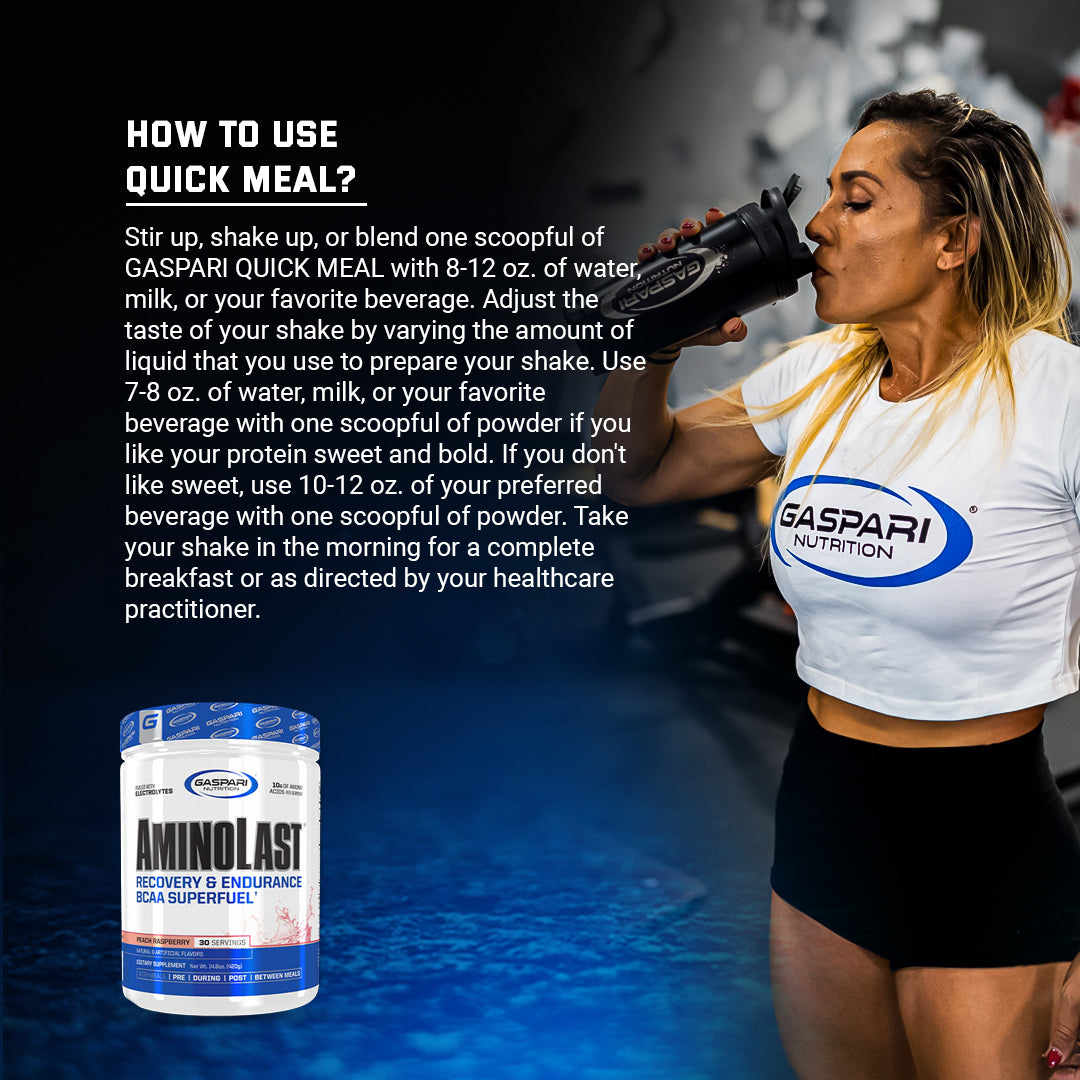






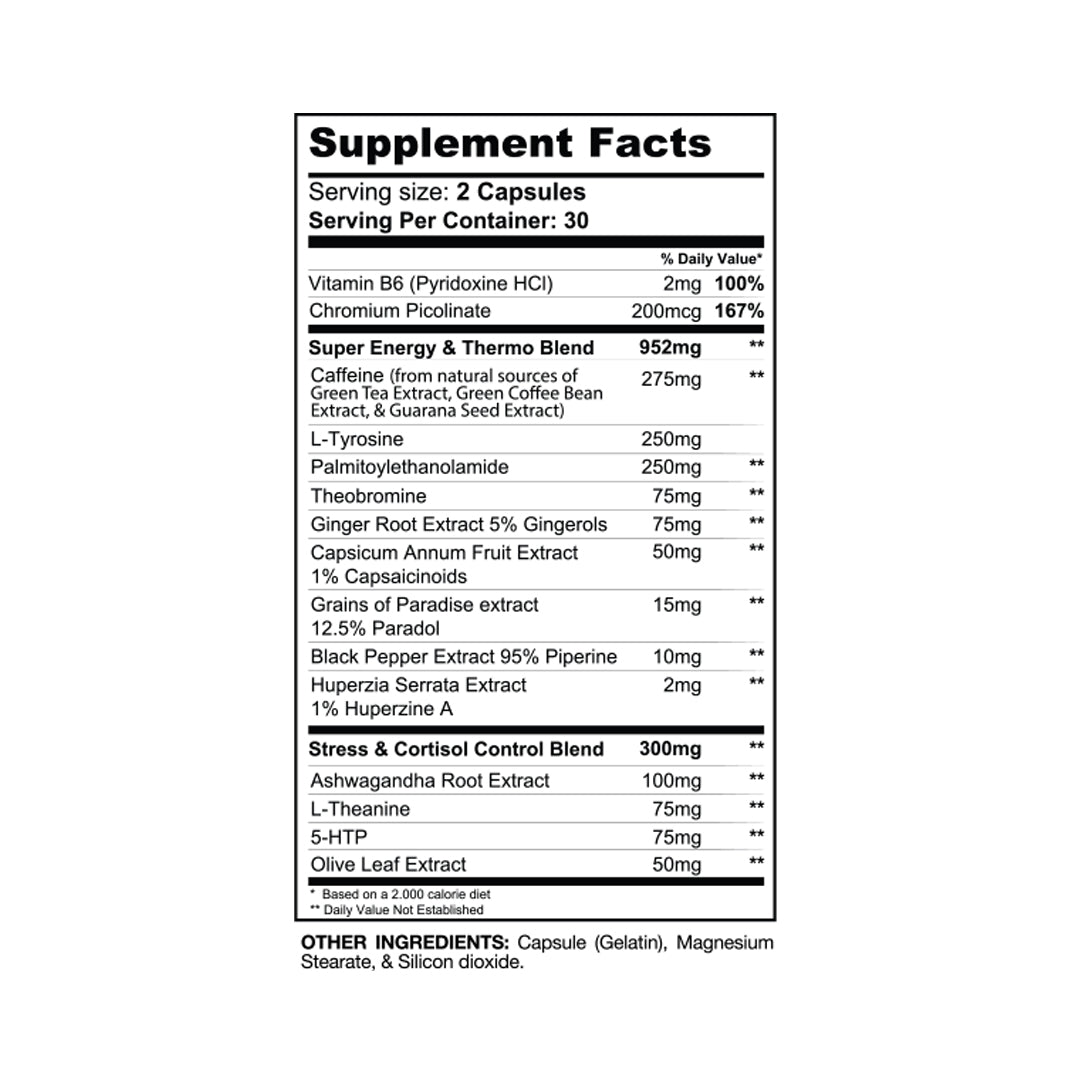






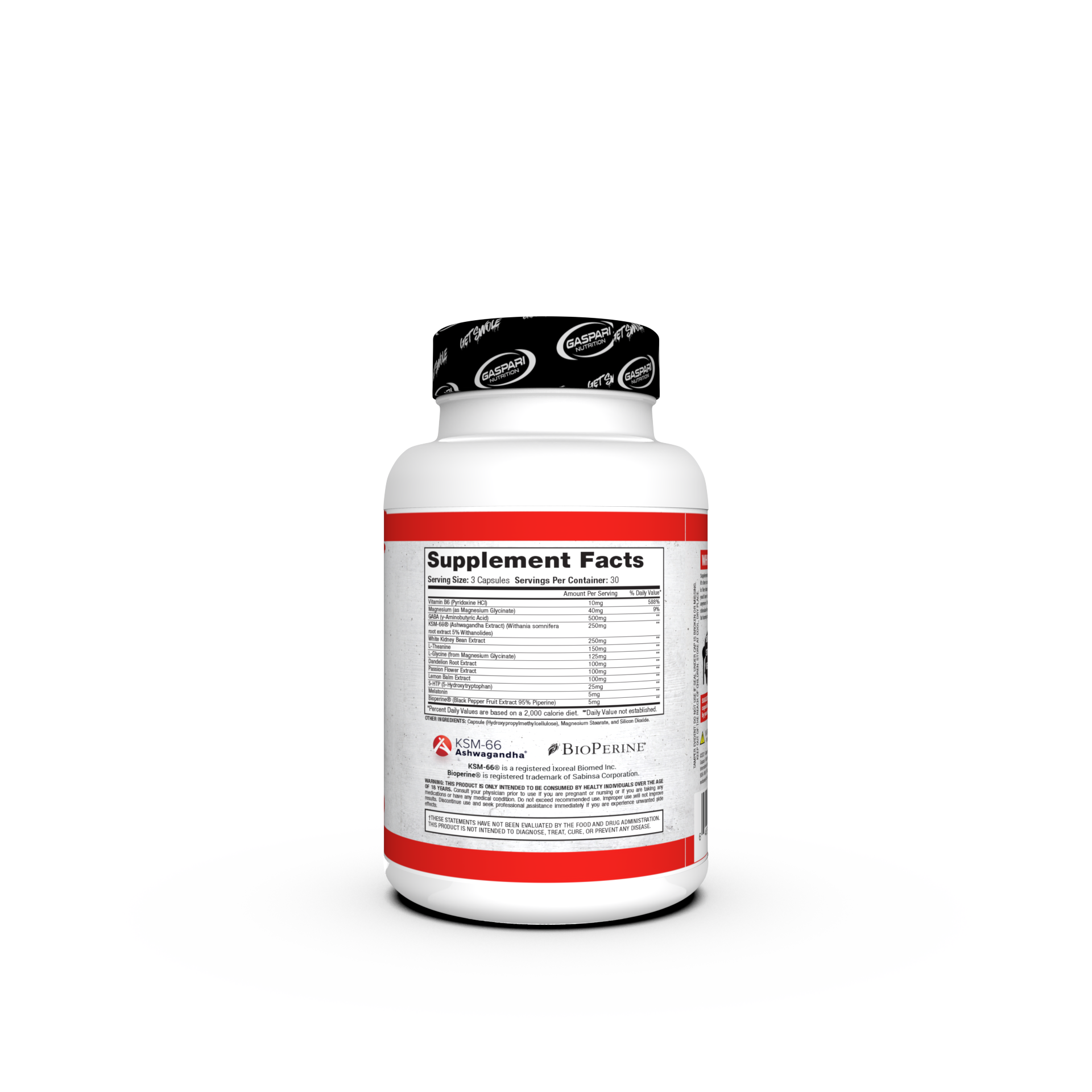



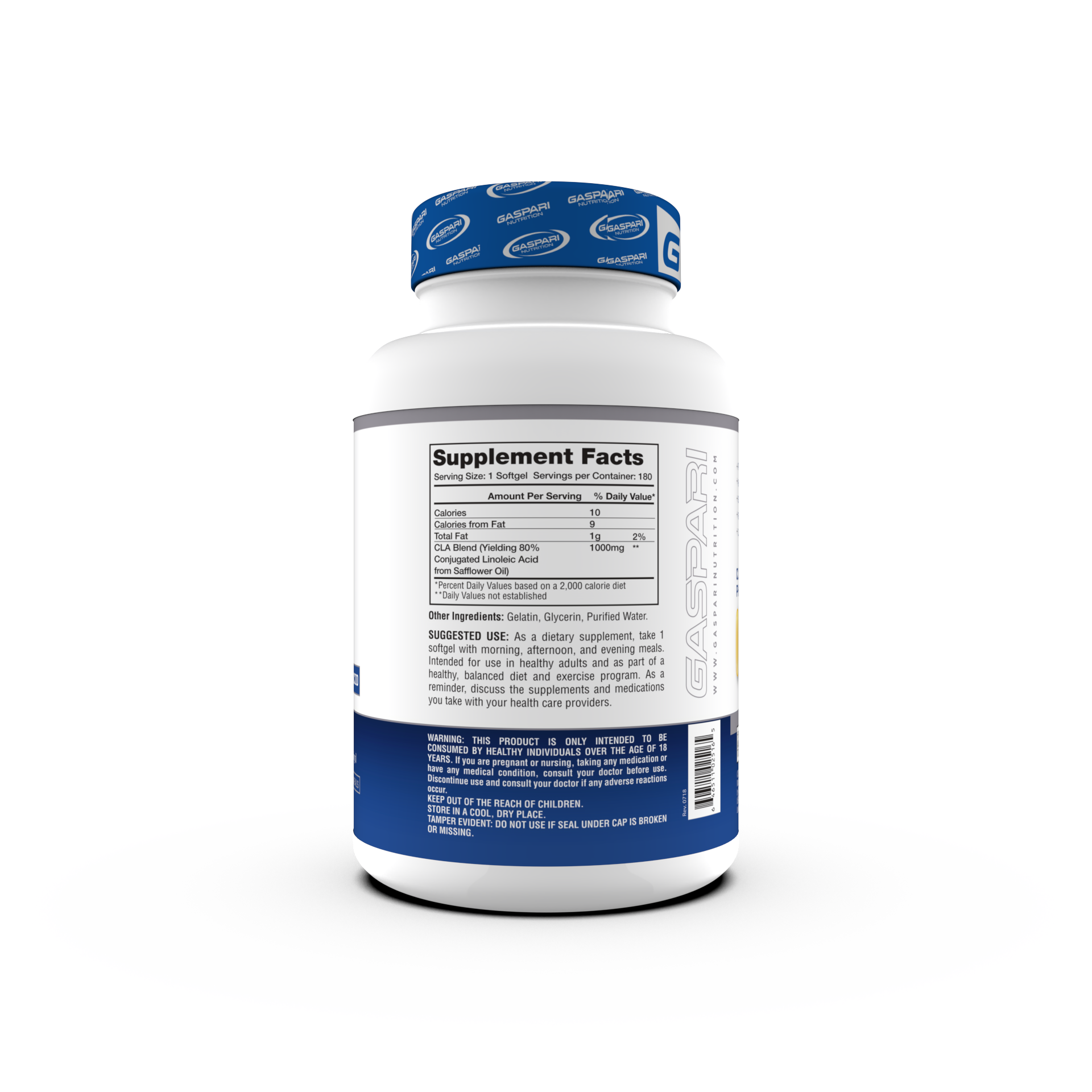















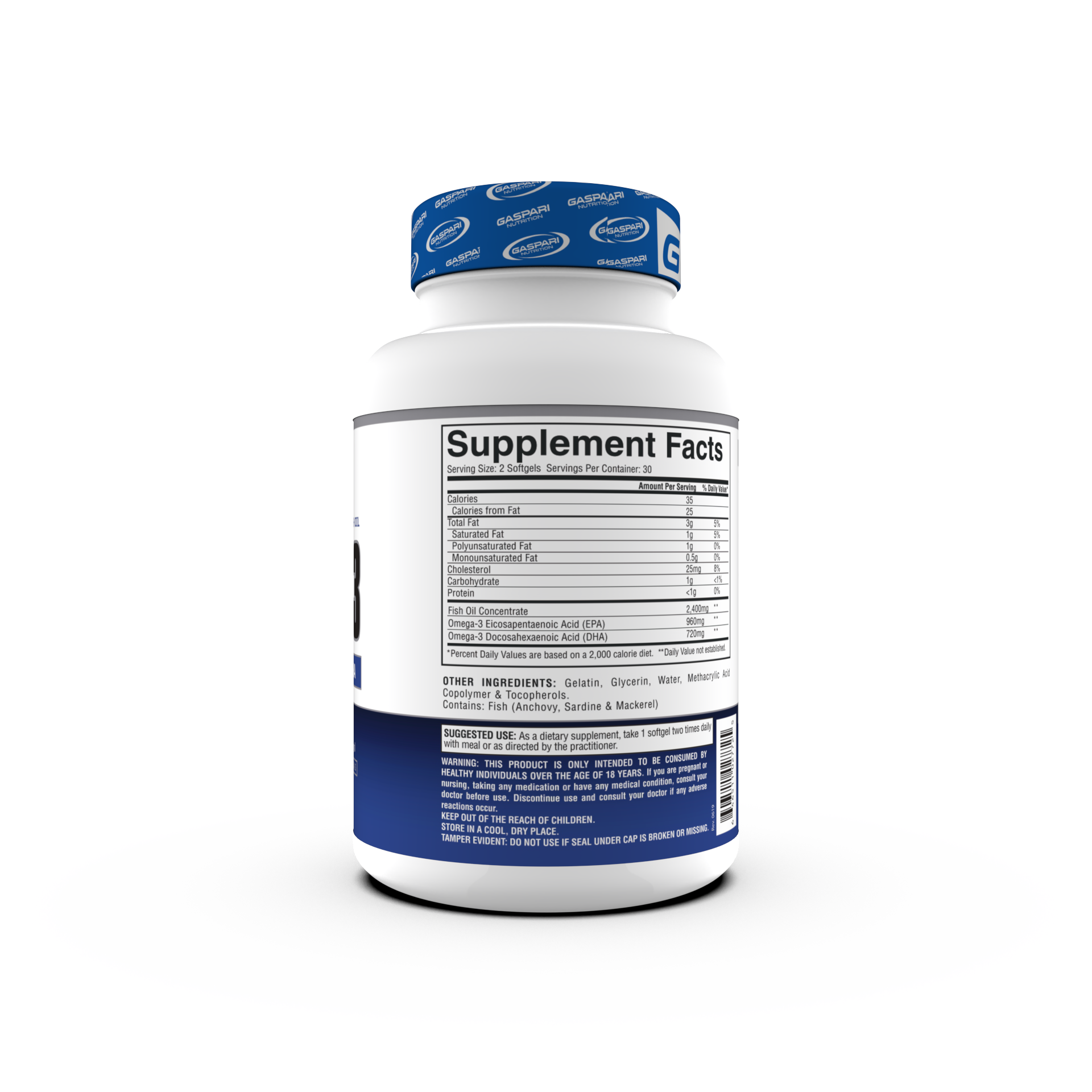














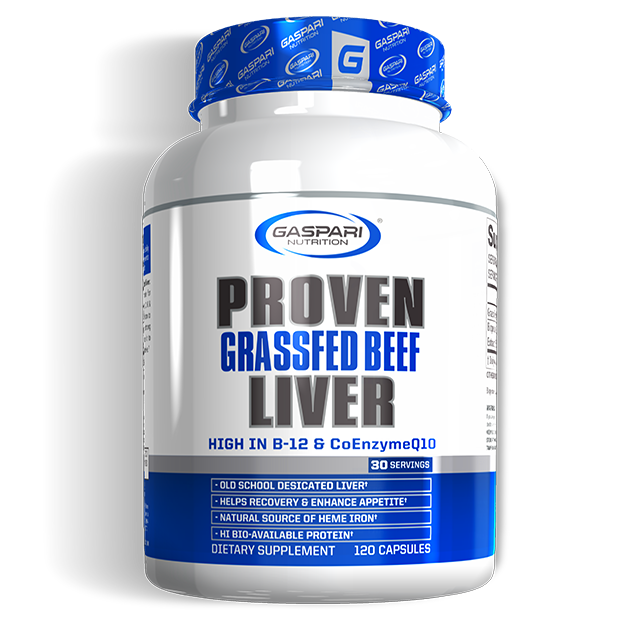





Share:
How To Make Your Workouts More Effective
What Is Basal Metabolic Rate?